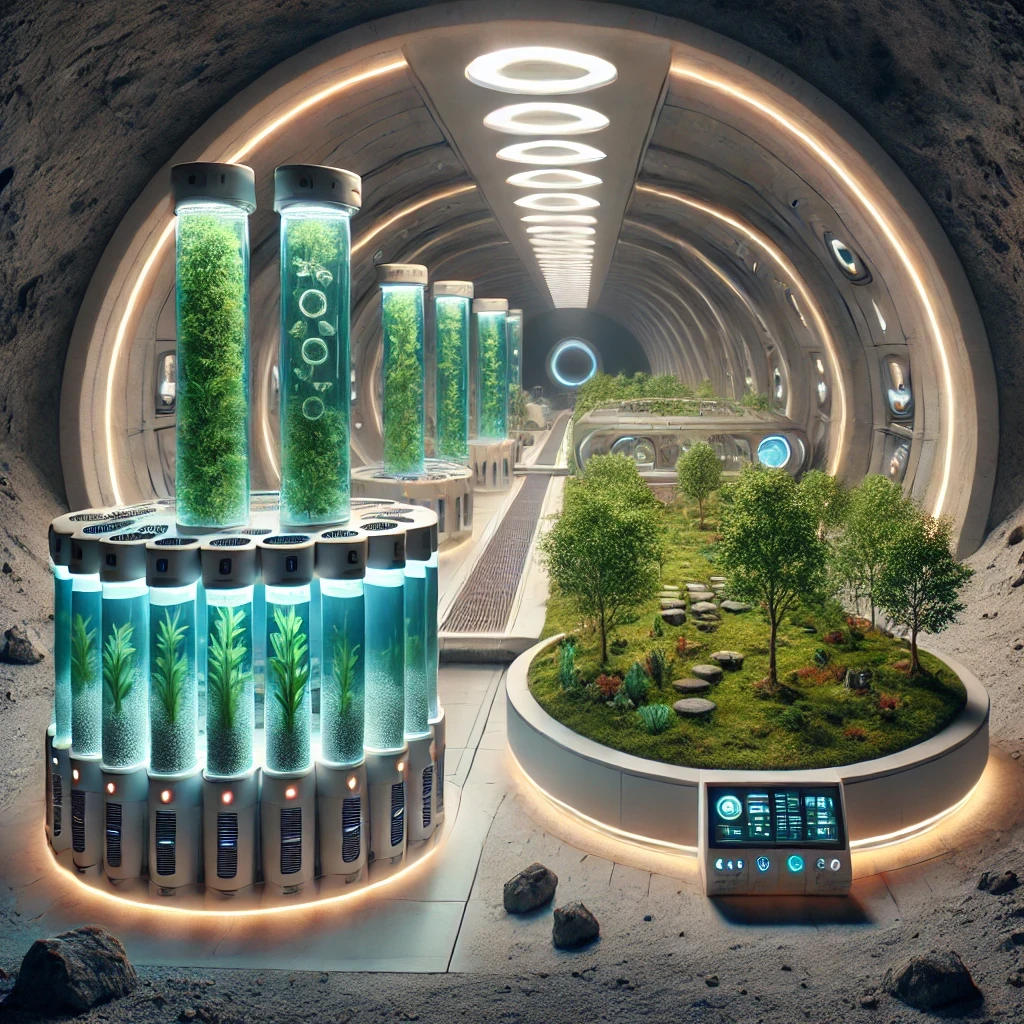Lunar Base Development Plan: A Smarter Approach to Moon Colonization

Overview
This project outlines a bold and innovative plan to establish a sustainable lunar base using advanced robotics and multipurpose rocket technology. The concept reimagines the current Artemis program strategy, prioritizing robotic groundwork and leveraging the rocket as a tunneling device to create expansive underground shelters. This approach ensures the Moon is ready for human arrival with essential infrastructure, life-support systems, and a safe environment already in place.
Key Objectives
Prioritize Robotic Infrastructure Setup
- Deploy robotic systems to construct a fully operational lunar base.
- Focus on long-term survivability and scalability by building underground habitats.
Convert Rocket into a Tunneling Device
- Utilize the landed rocket as a tunnel-boring machine to create extensive underground shelter networks.
- Reinforce tunnels with in-situ materials for protection against radiation, extreme temperatures, and micrometeorites.
Prepare for Human Arrival
- Gather and organize resources such as water, oxygen, and building materials.
- Install and test life-support systems, ensuring functionality before human arrival.
- Furnish underground habitats to be ready for immediate human habitation.
Phased Implementation

Phase 1: Robotic Pioneering
Tasks:
- Deploy autonomous robots to gather resources (water, regolith, metals).
- Begin tunneling and create underground shelters using the rocket’s converted machinery.
- Generate power using solar farms or nuclear reactors.
Output:
- Safe, insulated underground habitats.
- Stockpiles of water, oxygen, and essential materials.
Phase 2: Habitat Preparation
 Tasks:
Tasks:
- Install modular life-support systems for oxygen generation and water recycling.
- Furnish habitats with tools, airlocks, and living spaces.
- Test systems extensively using robots.
Output:
- Fully operational lunar base ready for human arrival.
Phase 3: Human Arrival
 Tasks:
Tasks:
- Transition base control from robots to human crews.
- Focus on scientific exploration, habitat expansion, and long-term mission sustainability.
Output:
- Large-scale, sustainable lunar habitation supporting exploration and preparation for Mars missions.
Benefits of This Approach
- Safety First: Robots handle hazardous tasks, ensuring a safe environment for humans upon arrival.
- Resource Efficiency: Maximizes the utility of landed rockets and uses local lunar resources to reduce dependency on Earth.
- Scalability: Underground habitats offer protection and room for growth, supporting larger missions over time.
- Long-Term Vision: Prepares the Moon as a launchpad for future deep-space exploration, including Mars.
Challenges to Address
- Efficiently converting rockets into tunneling devices.
- Perfecting autonomous robotic systems for construction and resource processing.
- Ensuring the reliability of life-support systems in extreme conditions.
Future Goals
- Expand underground networks to accommodate larger crews and long-term missions.
- Develop advanced robotics for even greater autonomy and efficiency.
- Use this plan as a blueprint for similar colonization efforts on Mars and beyond.